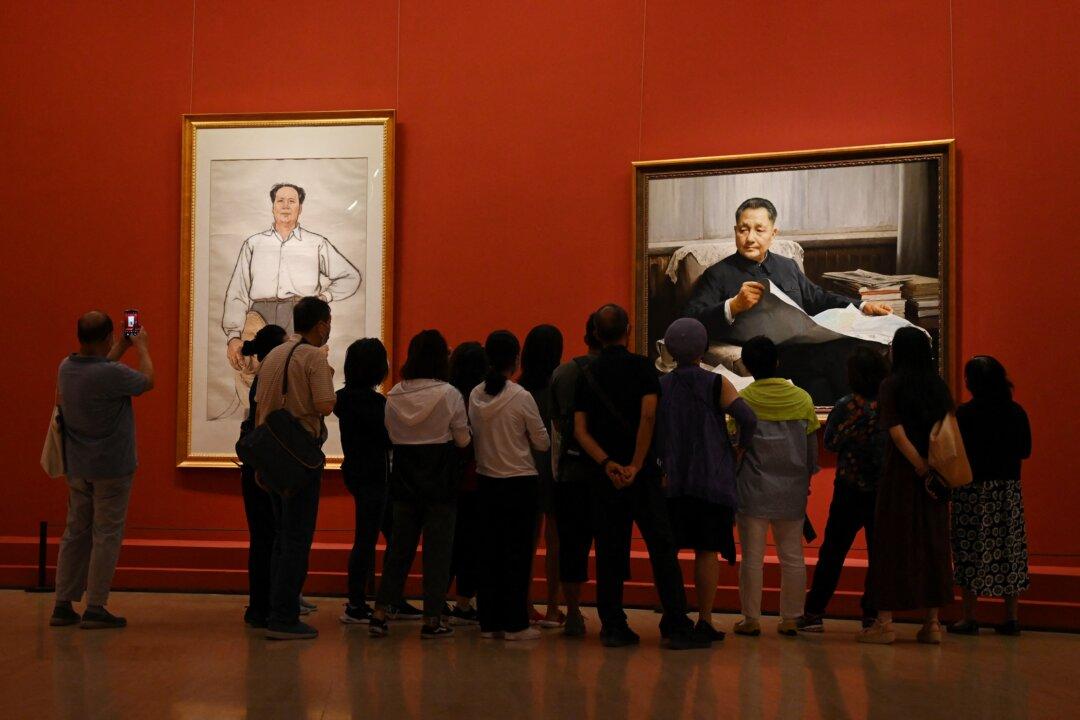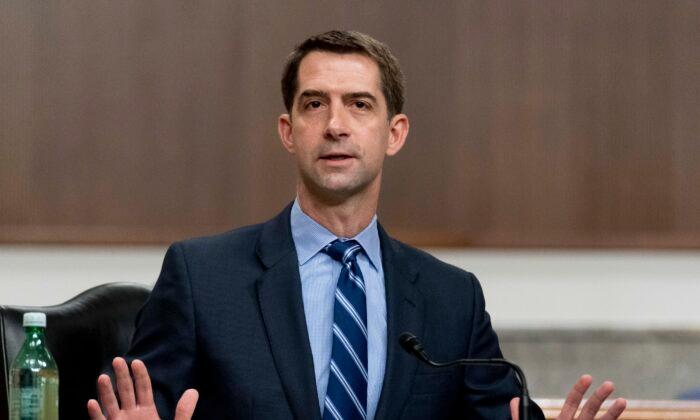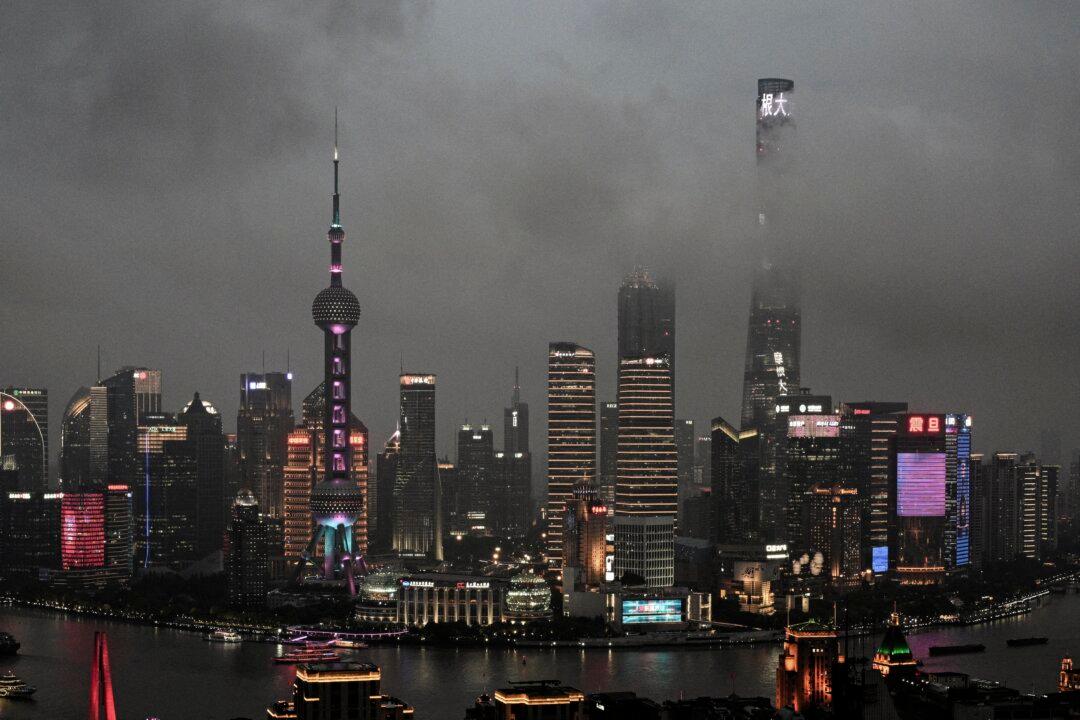In his latest book, “The Devil and Communist China: From Mao Down to Xi,” Steven W. Mosher offers a bold perspective using religious and historical contexts. The book depicts Chinese communism, from its inception under Mao Zedong to its present form under Xi Jinping, as devoid of moral law and spiritual principles.
“The Devil and Chinese Communism Is a Match Made in Hell,” the book reads.
The book is divided into four parts, with one section delving into Mao’s political journey. Through a compelling narrative, the book chronicles the CCP’s brutal trajectory, marked by relentless political campaigns that resulted in the deaths of millions of innocent Chinese citizens.
Mr. Mosher reveals that Mao allegedly admitted that he was lawless and godless. It’s no wonder that under Mao’s leadership, China suffered the worst long-lasting mass killing in the country’s history. Besides political enemies, Mao purged anyone in the Party whom he deemed could threaten his rule. Moreover, he even arrested generals who had saved him multiple times in battles and targeted those who had been close to him.
The book also highlights how Mao and the CCP spread terror and extended communism beyond China’s borders. It exported the land reform model to North Korea and Vietnam, causing devastation in those countries. In Cambodia, Mao-admirer Pol Pot killed 2 million people, up to 50 percent of Cambodia’s population.

While the book focuses heavily on Mao’s era, it doesn’t shy away from analyzing the CCP’s current trajectory under Xi’s rule. Mr. Mosher argues that the legacy of Mao’s terror continues, citing the ongoing persecution of Christians and Falun Gong adherents, the suppression of Uyghurs, and the draconian COVID-19 lockdowns.
An issue that stands out in the book is the one-child policy.
As the first American social scientist allowed to be in China in 1979, Mr. Mosher witnessed the brutal enforcement of the one-child policy beginning in 1981. Women were forced to abort their unborn babies of nine months in countless tragedies under this policy. In the book, he tells a touching story of a poor mother who fought to protect her unborn child from the regime’s population control police.
Although the book chronicles China’s destruction since the CCP took power in 1949, it falls short of thoroughly examining the achievements of the Republic of China under the pro-Western Nationalists in parts of the mainland from 1912 to 1949 and particularly in Taiwan thereafter, which could provide valuable contrast to the Chinese communist regime. The Nationalists lost the civil war to the Communists in 1949, retreated to Taiwan, and developed a market economy on the island, enabling its people to enjoy economic prosperity and political stability.
Additionally, the book’s focus on religious suppression primarily centers on Christianity. Exploring the experiences of other religious groups facing persecution in China could offer a more comprehensive understanding of the CCP’s approach to religious control.
The book also falls short of mentioning the CCP propaganda juggernaut that disseminates lies and brainwashes the Chinese populace daily, leading many to put their blind trust in the regime.
Despite these limitations, the book offers readers another lens for understanding the CCP’s ideology and its historical impact. Moreover, the book points out the CCP’s never-changing nature: “Since hate is its very fuel, the violence must continue forever. There will always be some new enemy—a class, a religion, an ethnicity, a foreign adversary—to struggle with.”







